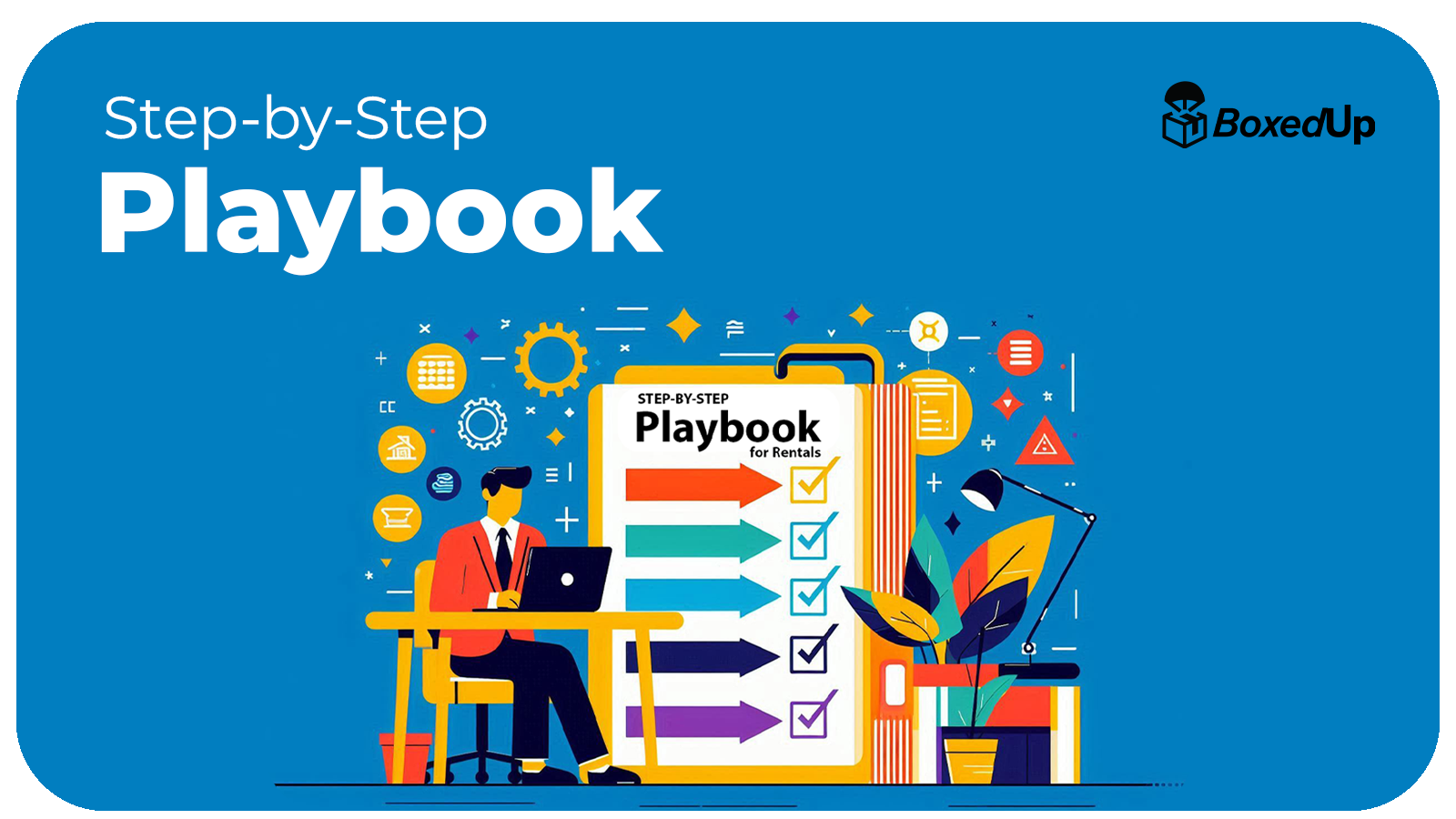From Offline to Online: A Step-by-Step Playbook for Rental Businesses
The online rental market has exploded in recent years, with more businesses moving beyond traditional sales models to tap into recurring revenue and meet rising customer expectations.
If you're running an established operation—whether in storage, equipment, trailers, or dumpster rentals—going online might sound exciting and overwhelming.
This guide walks you through what it really takes to launch rentals online, without losing what makes your business great.
Step 1: Decide If You’re Ready for Online Rentals
✅ Signs you’re ready:
You’re taking orders by phone or email
Customers ask about pricing, availability, or delivery zones before every rental
Your team spends time sending invoices and collecting signatures
You want to grow—but not by adding headcount
👀 If you're doing manual work that could be self-serve, you're closer than you think.
Step 2: Define Your Rental Model
Online rentals aren’t one-size-fits-all. Your ideal setup depends on your inventory, customer base, and internal workflow.
Questions to ask:
Do you want to rent only, or sell and rent?
Are your rentals short-term, recurring, or both?
Do you want customers to check out directly, or request a quote first?
🔎 Match your model to your customers’ behavior and your team’s capacity.
Step 3: Set Up the Essentials
The right storefront should do more than look good—it should reduce manual work. Here’s what to set up first:
High-quality product listings with images, specs, and availability
Location-based pricing and delivery zones
Digital rental agreements (e.g., DocuSign)
Flexible payment options (credit, ACH, invoice)
Tax settings and insurance requirements
Customer profiles and order history access
📅 Add calendar buffers if needed (e.g., 48-hour lead time for delivery).
Step 4: Design a Seamless Experience
A rental checkout should feel as smooth as ordering on Amazon—without oversimplifying your process.
Make sure customers can:
Browse and filter available products
See accurate pricing by region or rental length
Check delivery availability by zip code
Sign digitally during checkout
Pay securely
Access their order history or invoices anytime
📱A smooth experience = fewer support calls and more completed checkouts.
Step 5: Make Your Call to Action Impossible to Miss
The biggest mistake businesses make? Hiding the "Book Now" button.
Your main CTA should be:
In the top-right corner of every page
Repeated in product listings
Clear and visible on mobile
Above the fold on key landing pages
🚫 Don’t make customers guess how to place an order.
Step 6: Drive Traffic to Your Storefront
If no one visits your storefront, it doesn’t matter how great it is.
Start simple:
SEO: Use keywords your customers actually search (e.g., "storage container rental in Dallas")
Social media: Share behind-the-scenes content, before/after delivery shots, or customer stories
Email: Send reminders to past customers, seasonal promos, or "what to expect" tips
Local listings: Make sure your site is listed on Google, Yelp, and industry directories
🚀 Launch your storefront like you’d launch a new location.
Step 7: Track, Learn, and Optimize
You don’t have to get it perfect from day one—you just need to start. Use data to iterate.
Track:
Abandoned checkouts
Repeat customer rate
Best-selling products
Time spent on key pages
Use those insights to:
Simplify listings or pricing
Add FAQs to product pages
Adjust prep or lead times
Launch new promos
📊 What gets measured gets improved. Let the data guide your next steps.
Bringing your rental business online doesn’t mean replacing your current team or process. It means making your business more available, more efficient, and easier to scale.
Start with what you already do well—then layer in automation that gives customers options and gives your team time back.
Ready to See It in Action?




